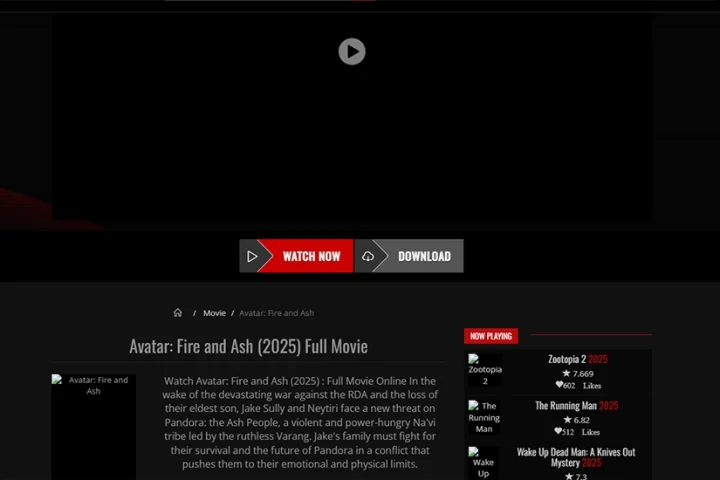McAfee released its McAfee Labs Threats Report: September 2017, which examines the rise of script-based malware, suggests five proven threat hunting best practices, provides an analysis of the recent WannaCry and NotPetya ransomware attacks, assesses reported attacks across industries, and reveals growth trends in malware, ransomware, mobile malware, and other threats in Q2 2017. McAfee Labs saw healthcare surpass public sector to report the greatest number of security incidents in Q2, while the Faceliker Trojan helped drive quarter’s 67% increase in new malware samples from the social media landscape.
The second quarter of 2017 saw Facebook emerge as a notable attack vector, with Faceliker accounting for as much as 8.9% of the quarter’s 52 million newly detected malware samples. This Trojan infects a user’s browser when she visits malicious or compromised websites. It then hijacks her Facebook “likes” and promotes the content without her knowledge or permission. Doing so at scale can earn money for the malicious parties behind Faceliker given the hijacked clicks can make a news article, video, website or ad appear more popular or trusted than it truly is.
“By making apps or news articles appear more popular, accepted and legitimate among friends, unknown actors can covertly influence the way we perceive value and even truth. As long as there is profit in such efforts, we should expect to see more such schemes in the future” said Vincent Weafer, Vice President for McAfee Labs.
“The motivation of WannaCry and NotPetya was not to make money but something else. If the motive was disruption then both campaigns were incredibly effective. We now live in a world in which the motive behind ransomware includes more than simply making money, welcome to the world of pseudo-ransomware” said Raj Samani, Chief Scientist for McAfee.



















